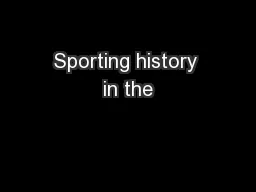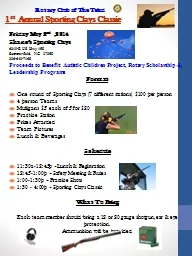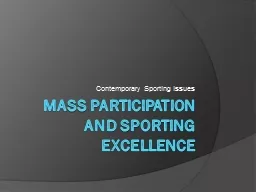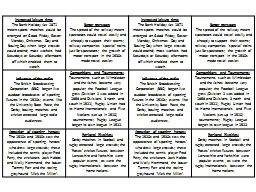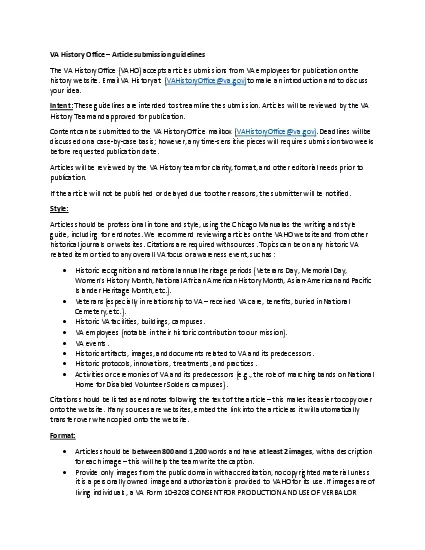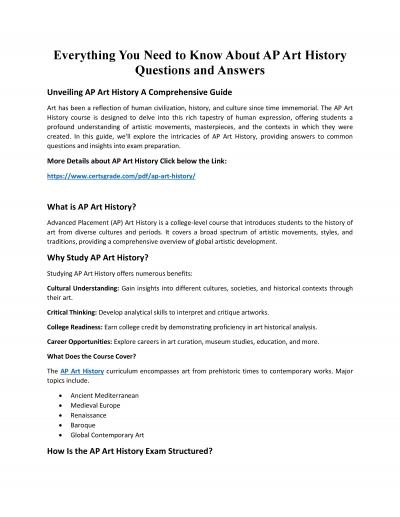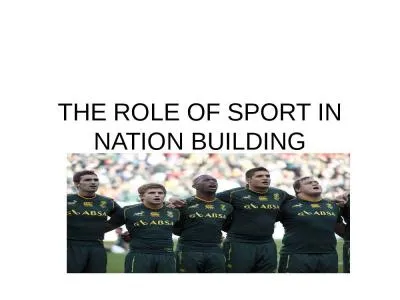PPT-Sporting history in the
Author : pasty-toler | Published Date : 2017-08-04
uae Part 1 Traditional Sports of the UAE 2016 is another exciting Olympic year Rio de Janeiro will be hosting the huge event this summer and we hope to see some
Presentation Embed Code
Download Presentation
Download Presentation The PPT/PDF document "Sporting history in the" is the property of its rightful owner. Permission is granted to download and print the materials on this website for personal, non-commercial use only, and to display it on your personal computer provided you do not modify the materials and that you retain all copyright notices contained in the materials. By downloading content from our website, you accept the terms of this agreement.
Sporting history in the: Transcript
Download Rules Of Document
"Sporting history in the"The content belongs to its owner. You may download and print it for personal use, without modification, and keep all copyright notices. By downloading, you agree to these terms.
Related Documents

